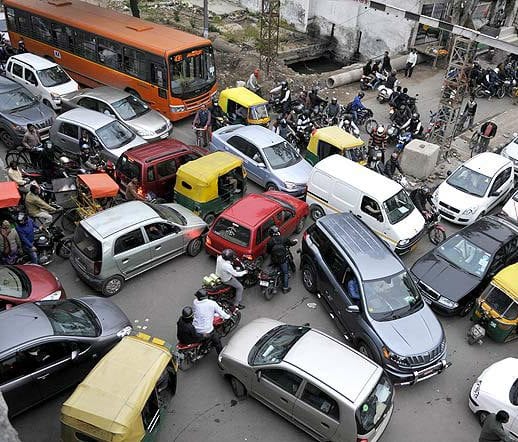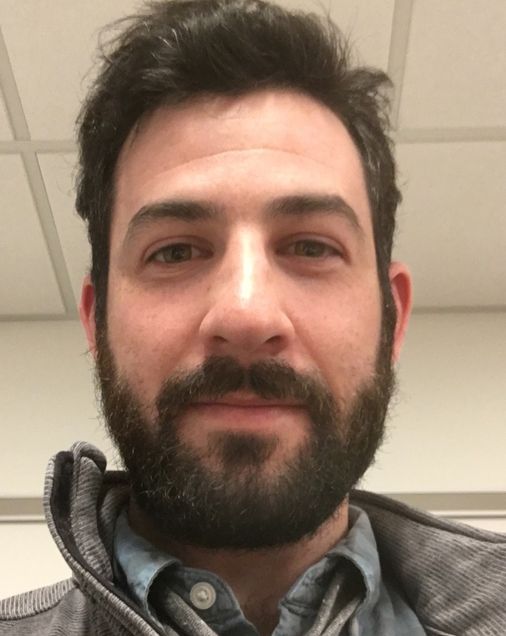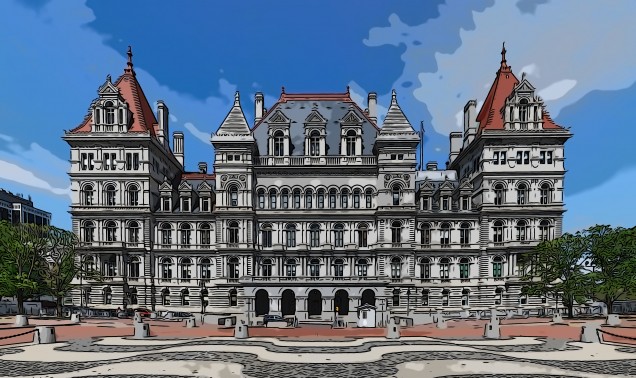Congestion Pricing: Addressing The True Cost of Cars
One of the most heartening social trends of the last couple of years has been a recognition of the true costs of car use in cities. Whether approaching it from the stance of climate change, health effects from air quality, physical safety on the roads, or social fragmentation from structures that isolate and alienate people, it has become increasingly clear that we do not properly value our roads. One policy with great potential to address all these concerns, while generating considerable revenue that could support mass transit in cities, is congestion pricing of key roads in urban centers.
 The idea behind congestion pricing is that roadways are incredibly valuable real estate, which people do not pay to use (outside of some tolling on bridges and specific toll roads). The free use of the roads imposes significant social costs on the city’s inhabitants through bumper-to-bumper traffic, costing people time, and polluting the air. A congestion pricing system would impose a toll on entrants to designated zones. This would reduce traffic by imposing the true costs of using the road, and hopefully, diverting people to use mass transit or other forms of transportation. The beneficial effects would range from clearing congestion, to reducing air pollution, to generating significant revenue for the city.
The idea behind congestion pricing is that roadways are incredibly valuable real estate, which people do not pay to use (outside of some tolling on bridges and specific toll roads). The free use of the roads imposes significant social costs on the city’s inhabitants through bumper-to-bumper traffic, costing people time, and polluting the air. A congestion pricing system would impose a toll on entrants to designated zones. This would reduce traffic by imposing the true costs of using the road, and hopefully, diverting people to use mass transit or other forms of transportation. The beneficial effects would range from clearing congestion, to reducing air pollution, to generating significant revenue for the city.
This is no longer merely a thought experiment either. Notably, cities including London, Stockholm, and Singapore, have all implemented congestion pricing in their city centers to great positive effect. They generally see reduced car congestion, but also interestingly, greater total numbers of people accessing the city, as they come in via alternate methods. This increases economic value to the city without imposing any of the normal car related costs.
No American city has successfully implemented this policy yet, but New York is currently in the middle of a now 5 year long battle to try. In 2019, the New York State legislature passed, in the state budget, a law permitting the city of New York to implement a congestion pricing plan. Curiously, New York City does not control its own road system, and is therefore dependent on the state to give permission to implement such a project. This is relatively common in the U.S. and is in tension with the age-old principle of local control. It also raises a potential problem where a star city in a state drives a significant portion of that state’s revenue, but has strong political disagreements with the state government. In New York the success of the plan at the state level was over 50 years in the making. New York State had frequently prevented the city from implementing similar congestion pricing programs in the past, when the city had tried to reduce traffic.
Despite state approval, congestion pricing in New York has been stuck in limbo, in part due to federal law. Title 23 of the Federal Code prohibits municipalities from imposing tolls on roads constructed or maintained with federal funding, which include several New York City roads. To impose tolls, New York had to enlist in the Federal Highway Administration’s Value Pricing Pilot Program (VPPP), which gives up to 15 cities or states special permission to experiment with toll related projects on federally funded roads. Congestion pricing plan falls under the purview of the National Environmental Protection Act (NEPA) because it is enrolled in the VPPP.
Passed in 1970, NEPA mandates environmental review of federal projects. While proponents argue that NEPA is an essential defense for the environment from human exploitation (both for its own sake and also to protect our habitat), critics traditionally argue it prevents profitable projects. Now environmentally minded advocates are increasingly frustrated with NEPA’s requirements. They argue NEPA’s onerous procedural requirements, which often require millions of dollars and years of effort, are inhibiting projects that would benefit the environment, violating its fundamental purpose.
 It is clearly the case in New York right now that the city is suffering from these unnecessary delays. It took 2 full years just for the federal government to determine whether the appropriate environmental review was a relatively basic Environmental Assessment, or a complete Environmental Impact Assessment for the project and another 2 years to issue the determination report. Now, going on 5 years from initial passage, the city is still waiting for a final determination if the project is viable. All of this for a project that requires the city to build almost no physical infrastructure, and would dramatically reduce emissions and air pollution by reducing the number of cars driving in New York.
It is clearly the case in New York right now that the city is suffering from these unnecessary delays. It took 2 full years just for the federal government to determine whether the appropriate environmental review was a relatively basic Environmental Assessment, or a complete Environmental Impact Assessment for the project and another 2 years to issue the determination report. Now, going on 5 years from initial passage, the city is still waiting for a final determination if the project is viable. All of this for a project that requires the city to build almost no physical infrastructure, and would dramatically reduce emissions and air pollution by reducing the number of cars driving in New York.
The FHWA can remedy this issue by assigning congestion pricing projects a Categorical Exclusion (CE). A CE is used for projects that are known not to have negative environmental impacts. It exempts them from the entire Environmental Impact Statement and Environmental Assessment process. It is commonly used in projects where there will not be significant physical infrastructure created, much like the congest program. The programs would still have to present reasons why they should be granted the exclusion, so this will not totally eliminate any environmental review, but it will bring the level of review in line with the risks that the project actually presents.
New York’s experience shows the complex thicket of legislation and regulation that creative environmentalists must navigate in order to successfully pursue valuable projects. Congestion pricing is a perfect example because it is so cheap to implement, the primary difficulty should be political, in getting state legislatures to pass laws giving permission for cities to enact it. More American cities including San Francisco, Los Angeles, and Seattle have shown interest but have shown extreme caution in part because they know how difficult the implementation will be. Instead of trusting legislators and representatives to work on behalf of city residents, needlessly complex and blunt regulations are stepping in the way and forcing us to continue to choke cities in idling car fumes.
 Peter Kaplan anticipates graduating from Boston University School of Law in May 2024.
Peter Kaplan anticipates graduating from Boston University School of Law in May 2024.


